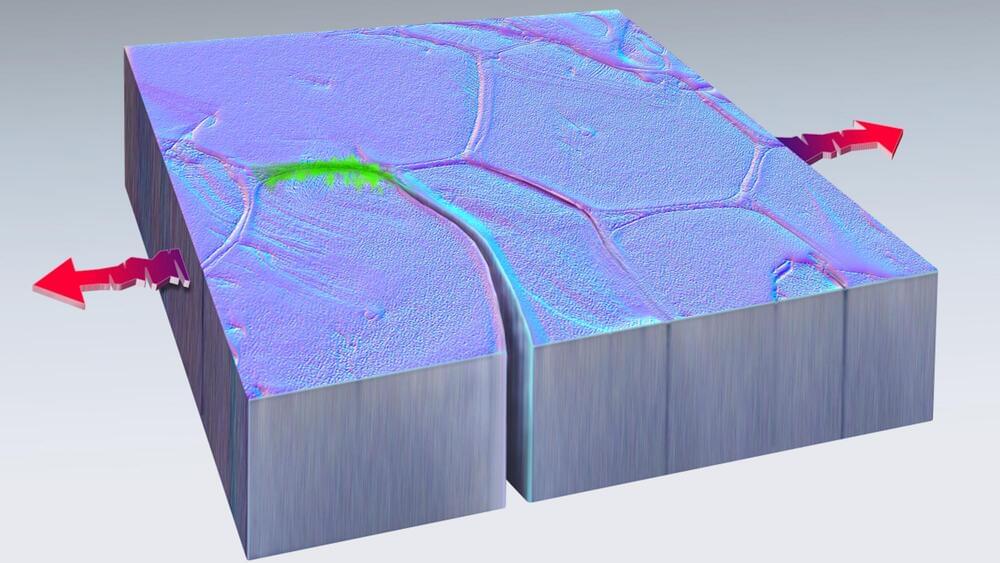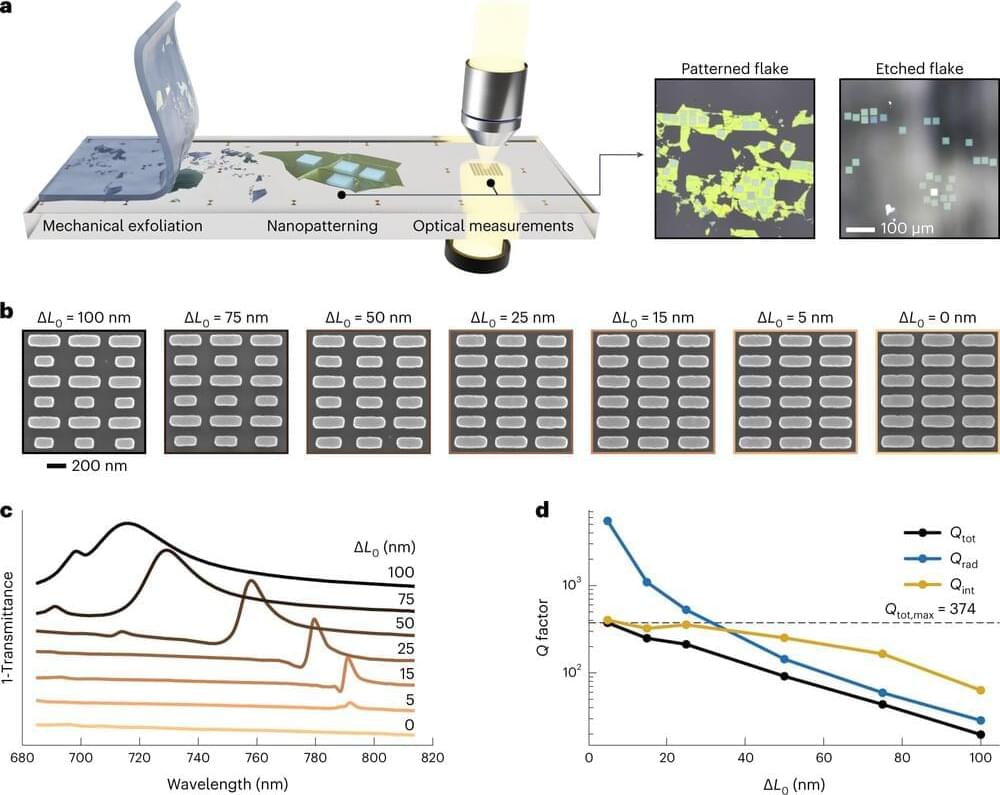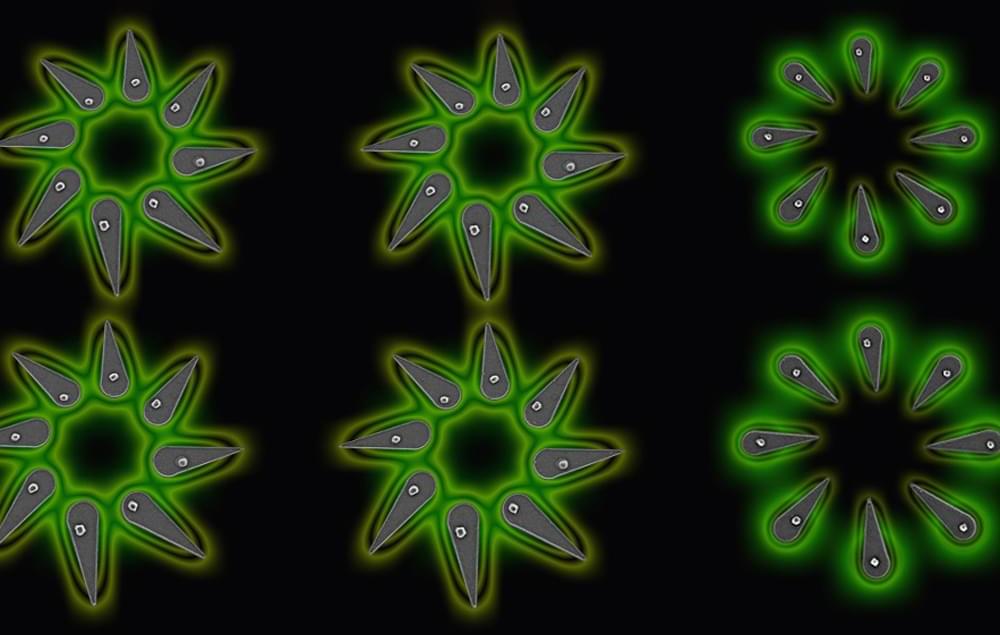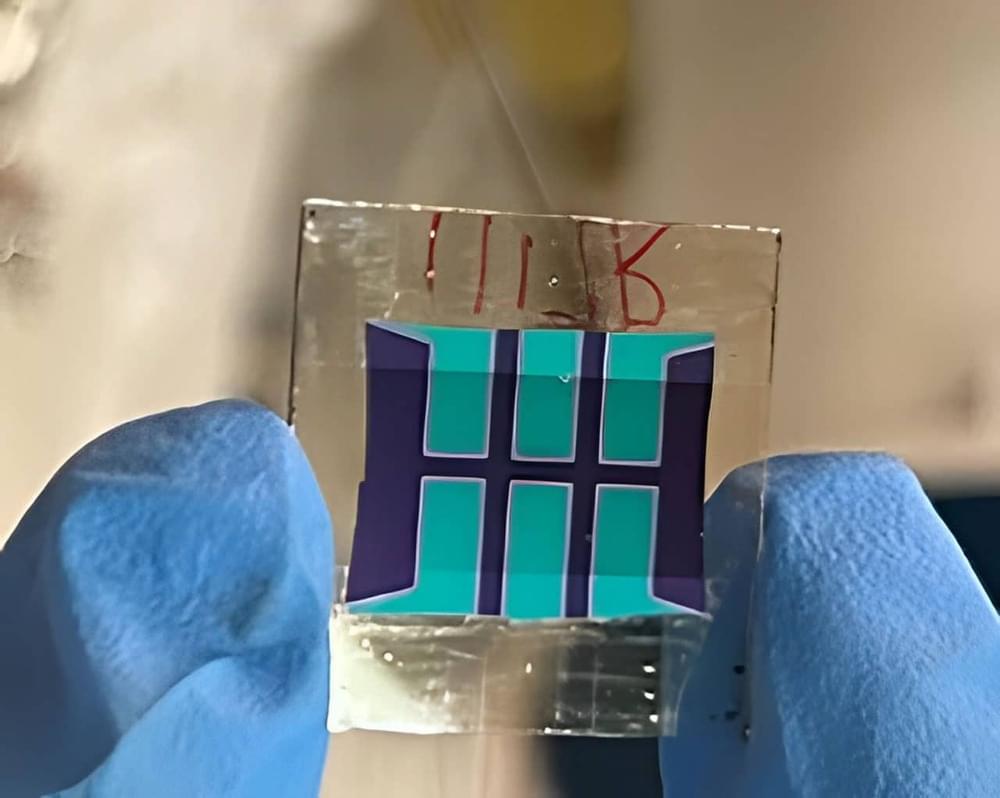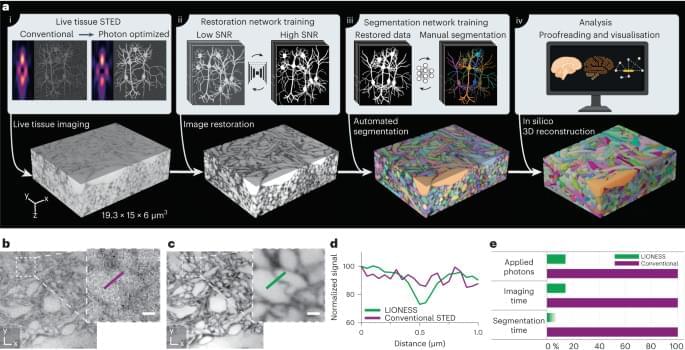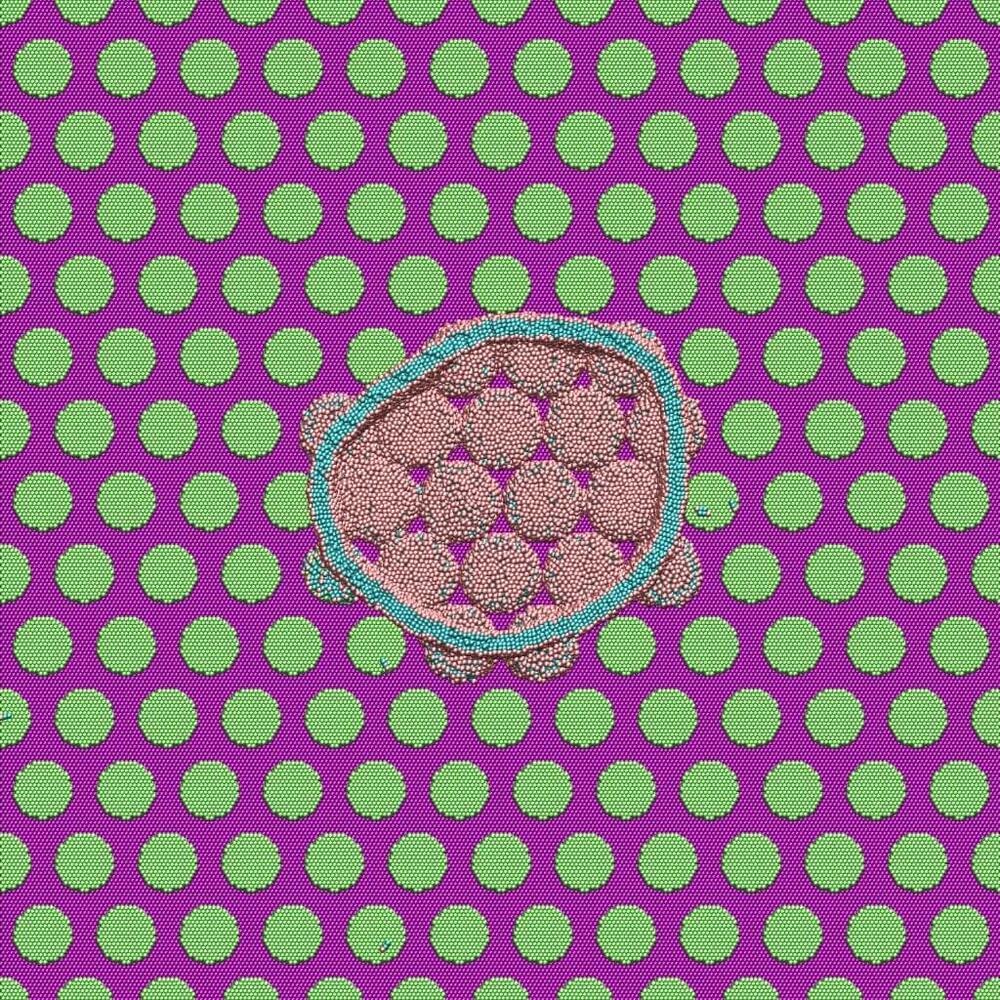Metals aren’t known to “heal” themselves on their own; once they break, it’s assumed the materials remain broken unless outside forces reform them. But new research into metallic properties indicates this isn’t always the case. In fact, some metals appear to naturally mend of their own accord—a discovery that could one day change engineering designs here on Earth and beyond.
According to a study published last week in Nature, materials scientists from Sandia National Laboratories in Albuquerque, New Mexico, and Texas A&M University discovered at least some metals—in this case copper and platinum—can “undergo intrinsic self-healing.” As Live Science recently noted, the team’s observations came completely by accident while observing the two materials at a nanoscale level.
[Related: Watch this metallic material move like the T-1000 from ‘Terminator 2’].
